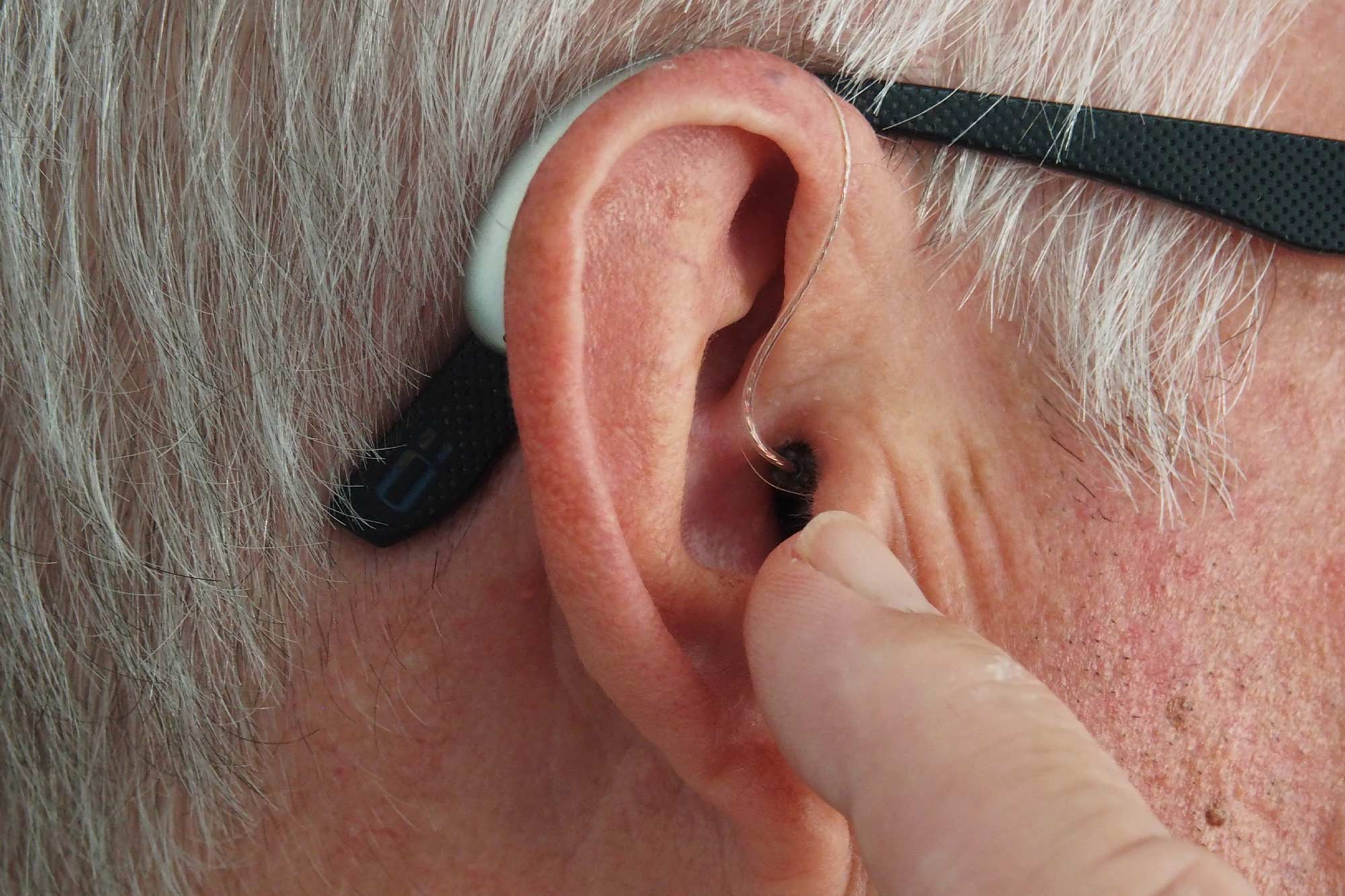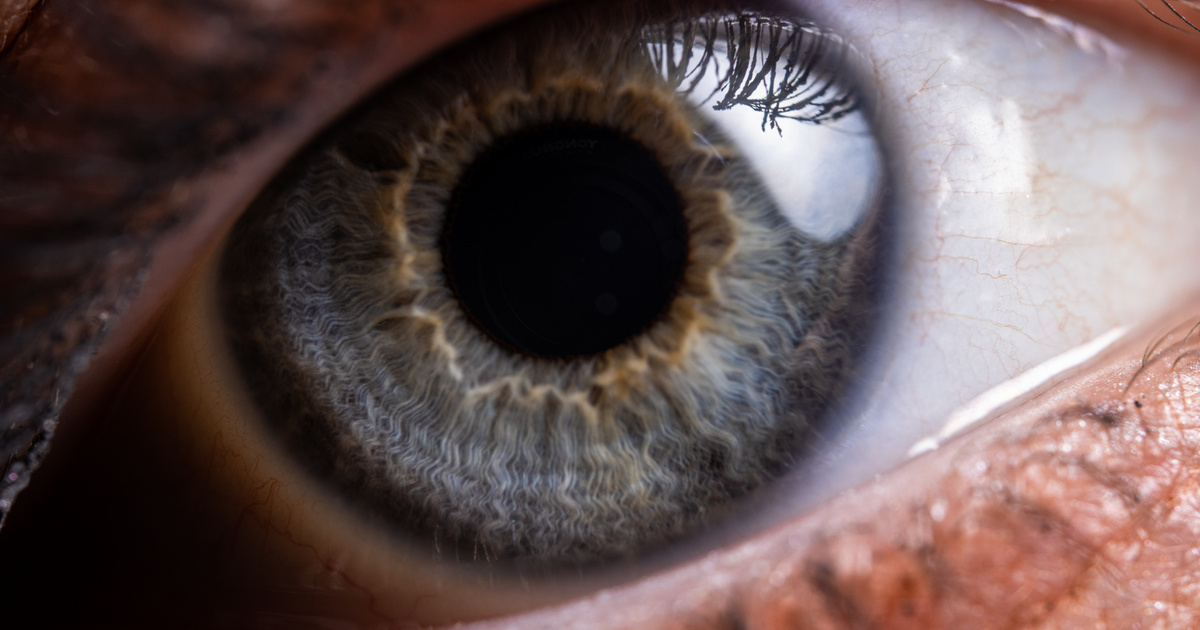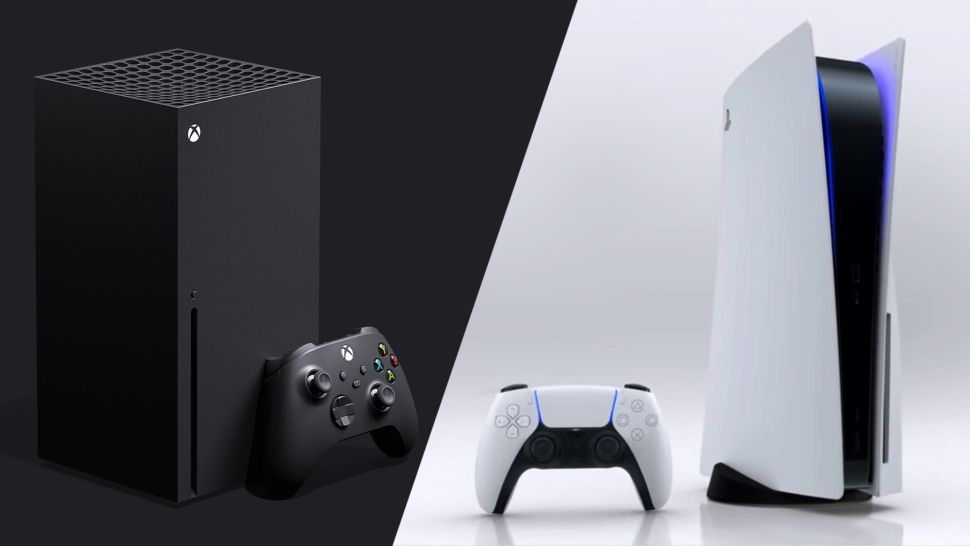According to the World Health Organization, nearly 40 million people worldwide suffer from blindness and another 135 million have low vision, which is why researchers are working hard to solve the problem.
A healthy eye senses light through the pupil, with a lens focused on the back of the eye, where the thick, light-sensitive tissues of the retina are located. The photoreceptor cells convert the light into electrical signals that travel through the optic nerve to the brain, which then interprets the images. But if something goes wrong with this complex system, whether due to illness, injury, or aging, vision is impaired.
The electronic eye is an electrical vision prosthesis that helps restore the user’s sense of sight. Electronic eyes are currently under development, of which there are many, they cannot return full vision, nor can they help those who have not seen them before. Most bionic eye technologies require a healthy optic nerve and an advanced visual cortex
– That is, patients had to see them early for these devices to work successfully.
Researchers are working on different types of eye implants, with the most promising being retinal (eye-based) and cortical (brain-based) implants. Retinal bionic eyes are suitable for patients with retinitis pigmentosa or macular degeneration. Both conditions reduce vision due to photoreceptor damage, but patients have relatively functioning optic nerves and retinal cells. Although not very well seen, most of the eye is still functioning. The cortical implant completely bypasses the optic nerve, and does not use the eye. This can help people with optic nerve damage (glaucoma, diabetes, eye injury).
The first bionic eye implant was performed in the UK in 2009. This implant, called Argus II, was given to 10 visually impaired patients at Manchester and Moorfields Hospital. Argus II did not restore their full vision, but it did help patients recognize shapes and patterns. This electronic eye acted as a tiny camera placed on the patient’s glasses and sent signals from there to an electrode array – this emits tiny electrical pulses that directly stimulate the remaining viable retinal cells, bypassing the damaged photoreceptors in the eye. This transmits information along the still-running optic nerve to the brain, which senses light patterns.
In 2021, an advanced computer scheme is built on the model of the human retina, which models the shape and location of millions of neurons, so it can also contribute to the realization of color vision.
Scientists at the University of Sydney recently conducted successful experiments on the Phoenix99 bionic eye sheep so that they can determine how the body heals when the device is implanted. The researchers said that all went well and that the eyes could function without disturbance in the animals for years to come. So can human trials come!
When a patient undergoes a robotic eye implant, his vision remains very simple at first: he can distinguish between dark and light, but can perceive light and movement in pixels. They will likely see images of hundreds of highlights because the technology is still primitive and the patient will need to retrain their brain to understand and interpret the perceived visual stimuli.
In addition to degenerative diseases, electronic eyes can in principle be used to treat people who have suffered physical injuries that have damaged the retina. But it is still the music of the future.
(Cover Image: Shutterstock)
(life)












































